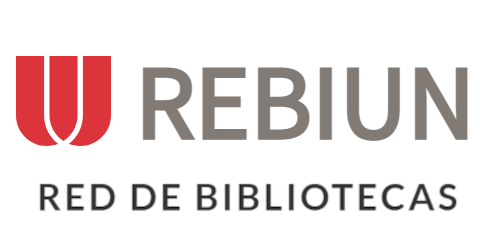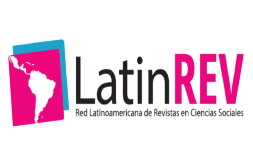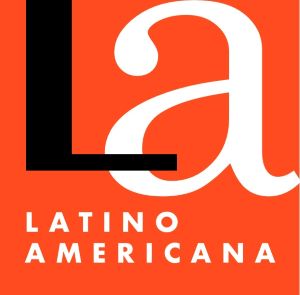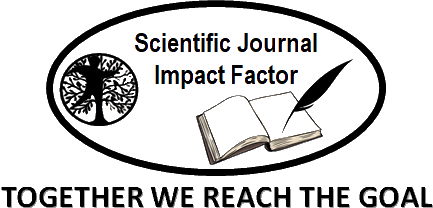Artistic education as a catalyst for interdisciplinary learning: stimulating creativity and critical thinking
DOI:
https://doi.org/10.69639/arandu.v12i2.968Palabras clave:
artistic education, interdisciplinary learning, critical thinking, pedagogical proposalResumen
This research focuses on artistic education as a catalyst for interdisciplinary learning at the Pedro Fermín Cevallos Educational Unit located in Ecuador. The main objective is to propose a pedagogical approach based on artistic education that contributes to the development of interdisciplinary learning among high school students. The methodology employed is framed within a qualitative approach, utilizing a descriptive-explanatory design. Non-participant observations were conducted in classrooms, structured surveys were administered to teachers and students, and semi-structured interviews were held with education experts. Data triangulation provided a comprehensive view of the current state of interdisciplinary learning and artistic education in the curriculum. Among the findings, a limited integration of artistic education within the curriculum was identified, which affects the development of key competencies such as creativity and critical thinking. Emerging pedagogical practices were observed that reflect the interest of some teachers in connecting the arts with other disciplines, although these are sporadic. The research culminated in a pedagogical proposal aimed at integrating artistic education into the high school curriculum, fostering an interdisciplinary approach that enriches learning and develops social and emotional skills in students.
Descargas
Citas
Anderson, T. (2018). Arts Education: A Pathway to Interdisciplinary Learning. Journal of Art Education, 71(3), 45-60.
Bell, K. (2019). Creativity and Critical Thinking in Arts Education. International Journal of Education & the Arts, 20(2), 1-20.
Bresler, L. (2015). The Arts in Education: A Review of Research. Arts Education Policy Review, 116(2), 78-85.
Dewey, J. (1934). Art as Experience. New York: Perigee Books.
Eisner, E. W. (2002). The Arts and the Creation of Mind. New Haven: Yale University Press.
Gardner, H. (1993). Frames of Mind: The Theory of Multiple Intelligences. New York: Basic Books.
Hetland, L., & Winner, E. (2004). Studio Thinking: The Real Benefits of Visual Arts Education. New York: Teachers College Press.
Jones, E. (2017). Interdisciplinary Approaches to Arts Education. Journal of Curriculum Studies, 49(4), 491-507.
McCarthy, K. F., & Ondaatje, E. H. (2004). Gifts of the Muse: Reframing the Debate About the Benefits of the Arts. Santa Monica: RAND Corporation.
Smith, R. A. (2020). The Role of Arts Education in Developing Critical Thinking Skills. Arts & Humanities in Higher Education, 19(1), 23-40.
Winner, E., & Hetland, L. (2000). The Arts and Academic Achievement: What the Evidence Shows. Arts Education Policy Review, 102(5), 3-10.
Zins, J. E., & Elias, M. J. (2007). Social-Emotional Learning: Promoting the Development of All Students. Educational Psychologist, 42(4), 271-278.
Greene, M. (1995). Releasing the Imagination: Essay on Education, the Arts, and Social Change. San Francisco: Jossey-Bass.
Palmer, P. J. (1998). The Courage to Teach: Exploring the Inner Landscape of a Teacher's Life. San Francisco: Jossey-Bass.
Freire, P. (2000). Pedagogy of the Oppressed. New York: Continuum.
Barrett, M. (2013). Arts Education and Social Justice: A Critical Review. Journal of Social Justice in Education, 2(1), 1-17.
Kagan, S. (2015). The Role of the Arts in Education: A Review of the Literature. Educational Research Review, 10, 115-127.
Catterall, J. S. (2009). Doing Well and Doing Good by Doing Arts Education. Los Angeles: Imagination Group.
Hargreaves, D. J., & Galton, M. (2012). Understanding the Impact of Arts Education on Student Learning. Cambridge Journal of Education, 42(3), 297-315.
McLuhan, M. (1964). Understanding Media: The Extensions of Man. New York: McGraw-Hill.
Bourdieu, P. (1993). The Field of Cultural Production. New York: Columbia University Press.
Vygotsky, L. S. (1978). Mind in Society: The Development of Higher Psychological Processes. Cambridge: Harvard University Press.
Reimer, B. (2003). A Philosophy of Music Education. Upper Saddle River: Prentice Hall.
Gude, O. (2007). Principles of Possibility: Considerations for a 21st-Century Art and Design Curriculum. Art Education, 60(1), 6-17.
Thompson, G. (2018). Arts Integration in Education: A Study of Teacher Perceptions. Journal of Educational Research, 111(2), 179-196.
Barlow, A. (2020). Culturally Responsive Arts Education: A Framework for Practice. Arts Education Policy Review, 121(1), 40-50.
Kress, G. (2003). Literacy in the New Media Age. New York: Routledge.
Bruner, J. (1996). The Culture of Education. Cambridge: Harvard University Press.
Eisner, E. W. (2005). Reimagining Schools: The Role of the Arts in Education. Educational Leadership, 62(1), 6-11.
Smith, J. K., & Smith, L. (2021). Transforming Education through the Arts: A Global Perspective. International Journal of Arts Education, 19(3), 45-62.
Publicado
Cómo citar
Número
Sección
Licencia
Derechos de autor 2025 Marco Fabián Lucero Garcés, Isabel Cristina Torrel, Erley Montejo Rodríguez

Esta obra está bajo una licencia internacional Creative Commons Atribución 4.0.






















